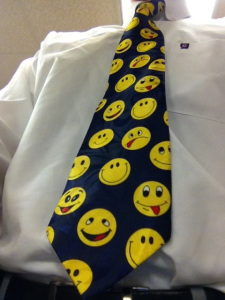Here’s a podcast of Rabbi Ed Bernstein‘s discussion of Love Finer Than Wine: The Writings of Matthew Eisenfeld and Sara Duker at the Town & Village Synagogue in New York, 5/23/16.
#TieBlog #AhareiMot
6 MayHaving just completed Passover, our Torah reading this week, Parashat Aharei Mot, takes us to the opposite pole of the Jewish calendar. The reading describes the elaborate rites carried out by the kohanim (priests), and particularly the High Priest, on Yom Kippur, the Day of Atonement. At the center of the the atonement rituals we find goats. In his Yom Kippur Mahzor commentary, Rabbi Jonathan Sacks comments on the words shnei se’irei izim, two goats (Leviticus 16:5) that served different roles in the atonement ritual.
Rabbi Sacks writes: “The two goats were identical in appearance but different in their fate. One was sacrificed to God, the other–the “scapegoat”–was sent into the desert. They represent, respectively, the polarities of the human condition: on the one hand sanctity and order, symbolized by the Tabernacle; on the other, formlessness and void, symbolized by the desert. The ceremony of the two goats is similar to the acts of separation and division that took place during creation (Gen. 1). They represent the light and darkness within the human personality. The darkness–sin–is sent into the dark: the desert with its dangers. The light–the gift of love we bring to God when we offer Him a sacrifice–is transmuted by divine fire into forgiveness and love” (Koren-Sacks Yom Kippur Mahzor, p. 729.).
The goats on my tie are not your average “Billy Goats Gruff.” They are goats of personal transformation and renewal.



